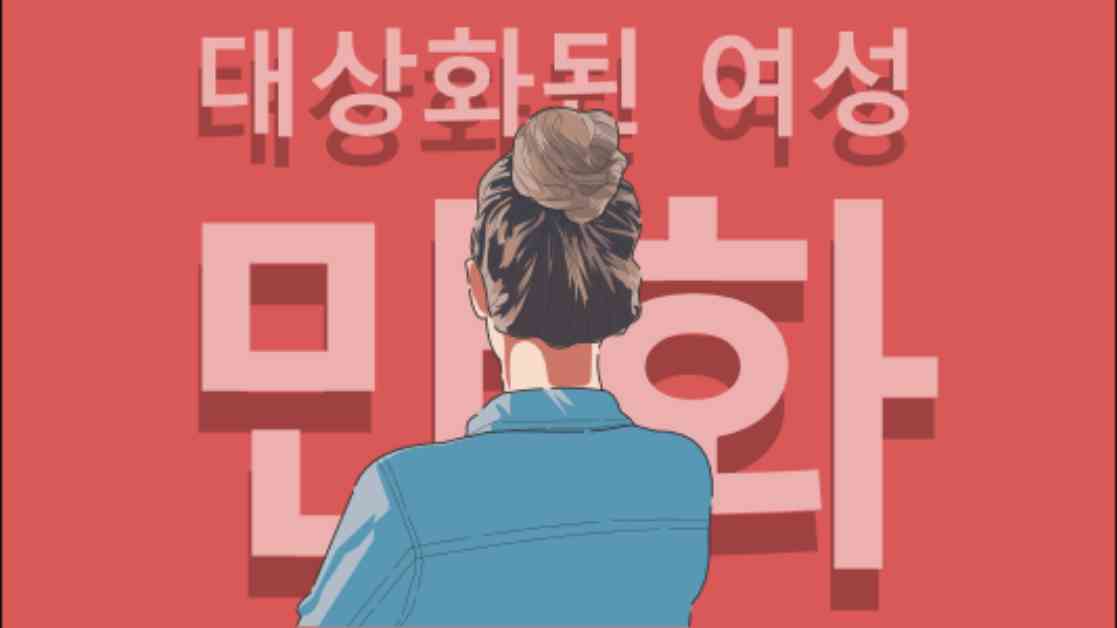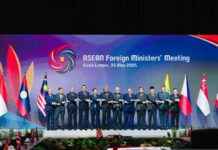Dark Side of Manhwa: Toxic Analysis and Its Allure
In a world where entertainment options are endless, the rise of Manhwa has captured the attention of millions. From captivating storylines to intricate artwork, these Korean comics have become a global phenomenon. However, beneath the surface lies a darker side that has sparked controversy and concern among fans and critics alike.
The Allure of Manhwa
Manhwa, a term used to describe South Korean comic books or graphic novels, has gained a massive following worldwide. With its unique blend of storytelling and artwork, Manhwa has attracted readers of all ages and backgrounds. From fantasy epics to slice-of-life dramas, there is a Manhwa for everyone.
One of the main draws of Manhwa is its ability to explore complex themes and emotions in a visually stunning format. The vibrant colors and detailed illustrations bring the stories to life, making readers feel like they are part of the action. This immersive experience has helped Manhwa stand out in a crowded market dominated by manga and Western comics.
The Dark Side of Manhwa
Despite its popularity, Manhwa has come under fire for its portrayal of toxic relationships, unrealistic beauty standards, and harmful stereotypes. Some critics argue that certain Manhwa series promote unhealthy behaviors and attitudes, particularly towards women and marginalized communities. This has raised questions about the impact of these comics on readers, especially impressionable young audiences.
In recent years, there have been calls for greater diversity and representation in Manhwa, as well as more responsible storytelling that avoids harmful tropes. While some creators have taken steps to address these issues, others continue to produce content that perpetuates negative stereotypes and harmful ideologies.
Looking Ahead
As the debate over the impact of Manhwa continues, it is clear that this unique form of storytelling has both its appeal and its challenges. By critically analyzing the content and themes present in Manhwa, readers can make informed decisions about which series to support and which to avoid. Ultimately, it is up to creators, publishers, and fans to shape the future of Manhwa and ensure that it remains a vibrant and inclusive medium for storytelling.
In conclusion, while Manhwa offers a diverse range of stories and artistic styles, it is essential to recognize and address the toxic elements that may be present in some series. By fostering a more critical and nuanced understanding of Manhwa, readers can appreciate the medium’s strengths while also holding it accountable for its shortcomings.






















